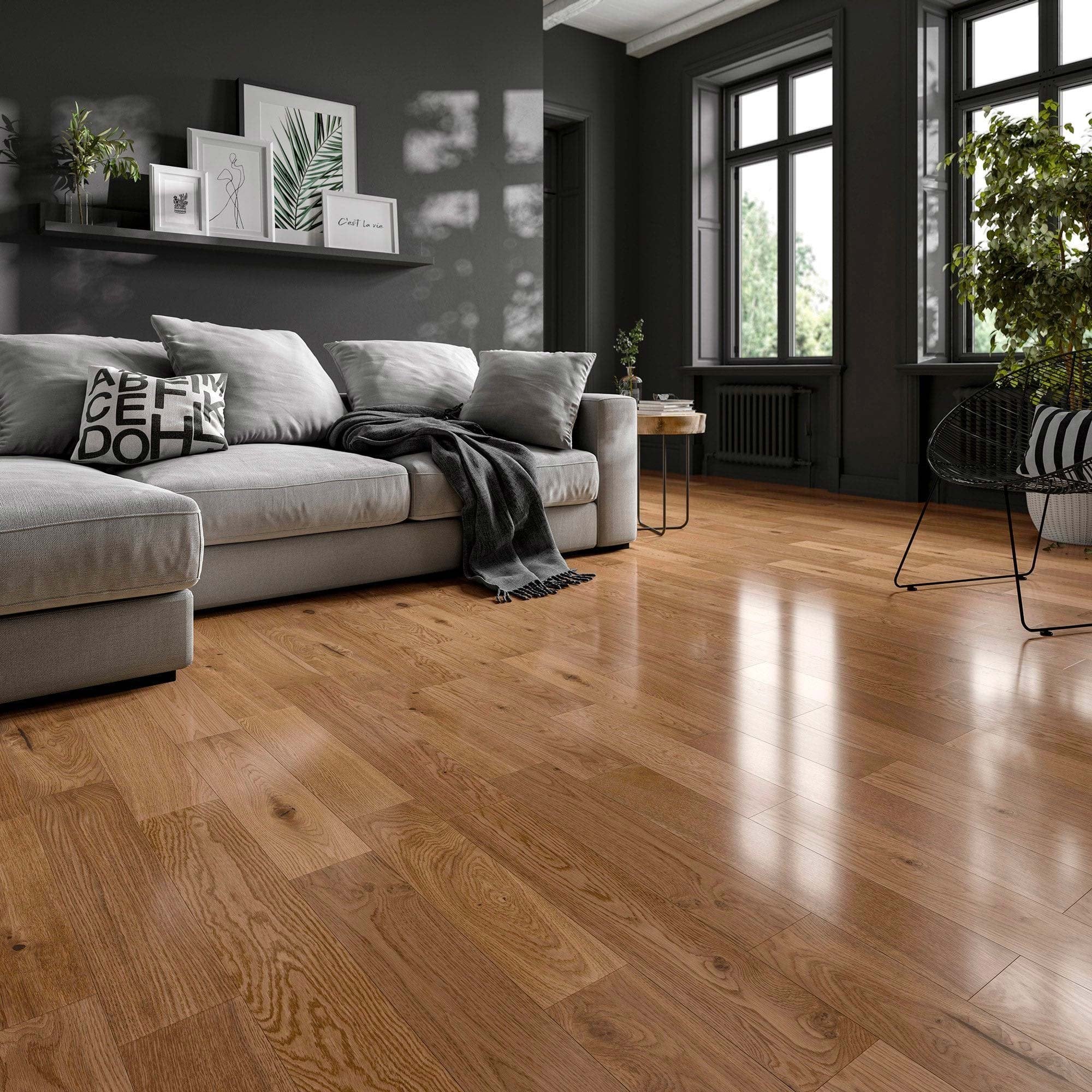
Help & Advice Centre
-

Repair creaking floorboards
Floorboards that creak can be really annoying, but the good news is that it’s an easy fix. There’s a couple of options for fixing creaky floorboards, depending on their condition. If the floorboard is in good condition, simply take out the nails and screw it down using the existing nail holes. If it’s badly damaged, you’ll need to make new holes for the screws.
-

Identifying dry rot
One of the more serious issues with floorboards, dry rot is best treated by a professional. You can identify dry rot by checking to see if the wood is dry and spongy as a result of the fibres breaking down.
-

Repair woodworm infested floorboards
Woodworm can cause a lot of damage to your floorboards - if you find a big infestation, it’s best to call in a specialist contractor. However, if you find the infestation in time you can treat it yourself. Woodworm holes are approximately 2mm in diameter. If you find pale dust around the edge of the hold, it’s a sign of recent activity that can be treated straight away.
1. Wearing protective gloves, lift the floorboards and pour timber treatment into a pot.
2. Using a brush, apply the treatment to the underside of all floorboards showing signs of woodworm.
3. Turn the boards over and brush the top side with treatment also.
-

Fix a squeaky floorboard
1. Find which part of the floorboard is loose by walking over it.
2. Take the existing nails out with pincers.
3. If there are cables & pipes underneath the board, mark in pencil on the board where they are.
4. Drill a hole as near to the edge of the board as you can in an area that’s not damaged.
5. Put a screw in the hole and screw it down tightly. It should sit below the surface.
6. If it sits above, remove the nail, countersink the hole and screw it down again.
If the board still squeaks, try working talcum powder along the joint with a knife. After a while, the creaking should stop.
Frequently Asked Questions
Why have my floorboards started creaking?
When you step on a floorboard and it creaks, this is usually due to the floorboard being loose. The movement causes the boards to rub together or against the floor joist, which creates that annoying creak or squeak.
How do you stop floorboards creaking?
Floorboards that creak can be annoying and it is a common issue in older homes. But how do you stop floorboards from creaking in your home? There could be a number of things that are causing your floorboards to creak and identifying which factor will help you to solve the problem quickly.
Incorrect nails - if you have the wrong nails that connect your floorboards to the floor joist, it could mean that the nails aren’t strong enough or that they are not long enough to keep the floor secure. Removing these nails and fitting the correct type will solve the problem.
The nails haven’t been fit correctly - Movement will occur if the nails have not been correctly nailed to the joist. When fixing this, you will need to remove the nails and fit them to the joist again. You may find that the nails have been fitted too far apart, slipped from the joist or have been missed completely.
Gap between the joist and floor - If there is a gap between the floor and the joist, then the joist cannot support the board correctly. Having a gap between the top of the floor joist and the underside of the subfloor is easy to fix if you have access to the space underneath the floor. Apply carpenters glue and fix a thin wood shim that will fill the gap. Securing this in place will ensure that the gap is filled and that the floorboards won’t squeak anymore.
Will WD40 stop squeaky floorboards?
WD40 is a lubricant that can be used for multiple purposes, including creaky floorboards. Spray a light amount on the joints of the floorboards where the squeaking occurs and you will find that the friction point doesn’t rub anymore and the squeaking will stop.
This isn’t a permanent fix, and the squeaking will resume over time, but with reapplication, the squeaking can be kept at bay. WD40 is an oil-based lubricant and is designed to last for a long time; however it can be slippy, and stain real wood.









